|
by Melanie Brown A walk in the woods for winter plant medicine is a much needed respite during the darker days of the year. The evergreens gift us with color and life to an otherwise despondent landscape. Evergreens are one of the oldest species of trees to habitat this earth. There is a deep wisdom residing within their austere beauty as well as a magnificent ability to adapt to an array of environments around the world. Walking among pine, spruce, fir, and cedars we are essentially stepping into a space of timeless magic and mystery. Come January we are in complete hibernation mode and missing many of our plant friends dearly. Simply rubbing a few needles between fingers or allowing some sticky resin to linger on our skin does wonders for our sense of smell and psyche. Wintergreen playfully covers the forest floor with a pop of cheery red berries beckoning us to taste their spicy, sweet and cooling flavor. White pine needles gently decocted transforms water into a deliciously potent tea full of vitamin C, perfect for mid-winter blues, colds, and flu. The inner bark of lovingly harvested branches (I prefer the freshly fallen ones for little to no impact on the tree) can be made into a syrup with excellent warming, drying and expectorant qualities. Combine with other immune system loving plants such as mushrooms, elderberries, astragalus, Siberian ginseng, rosehips, autumn olives and mucilaginous plants like mallow, violet leaf, fenugreek and mullein for your go-to healing powerhouse formula. All parts of Pine and other conifers are anti-microbial, anti-oxidant and diuretic as well. The materia medica is extensive and well worth diving into. For now, here is one of my most beloved apothecary must-haves for respiratory distress. Most commercial “vapor” chest rubs are created using petrolatum as its main ingredient. In the 1850s, chemist Robert Chesebrough started the process of distilling and cleaning the thick gel found on oil wells to create a cheap, non-renewable, and possibly unsafe addition to our body care products. It has been shown to cause dermatitis and contain cancer-causing chemicals and crude oil by-products. Knowledge is power. Being an herbalist and mother, I wanted to create my own version for relief to congested airways on my child’s delicate skin. Below is my tried and true formula and recipe for a plant-infused salve that can be applied to the chest, back, and bottoms of feet:
 Melanie Brown is a native New Englander who always had an early connection to nature and the outdoors. Together with her four year old son she gathers the ingredients to make small batch plant based body care products which you can find at her herbal apothecary, FIR&ELM. She is a graduate of Boston School of Herbal Studies and currently apprenticing with Margi Flint of Earthsong Herbals. Her passion is to share and spread the message of community herbalism that lies right outside in our own backyards. by Jade Alicandro Mace This time of year both the gardens and my kitchen start to get a little crazy with the sudden realization that the wheel of the seasons is turning. This is one herbal preparation I can't do without- Winter Immune Honey. Basically, I stroll through the garden and harvest what's in season and looks good! This season's batch included Echinacea flower, Calendula, Bee Balm, Blue Hyssop, St John’s Wort, and Tulsi. Just thinking about getting to curl-up with a nice spoonful of this in my tea mug makes the on-coming seasonal transition less ominous and- dare I say it?- even a tad-bit exciting.... Combine any combination of the following herbs, fresh (my preference) or dried. I’ve included some suggested percentages below (and of course many of these plants could go into both categories!). The idea here is to pull from the lists and make your own unique honey, based on your favorite herbs, what you have access to, and the specific herbal actions you’d like your honey to have. Your result will be a honey with a wide range of herbal actions, so you can effectively treat the vast array of winter ailments you might come across in the coming months. And remember- many of these herbs can be procured at your local grocery store or farmers market (especially the culinary herbs), and can tolerate some frost, often hanging on in the garden well into fall. A quick note about the herbal actions listed below: Aromatics are herbs that have a wonderful aroma because they are rich in essential oils (which tend to be anti-microbial). In my experience, aromatic herbs make the most delicious honeys! Anti-microbials and anti-virals are just what they sound like. Diaphoretics promote a healthy fever response which is part of your body’s immune strategy for fighting-off pathogens, as a higher body temperature can inhibit proliferation and reproduction of many viruses and bacteria. Lymphatics stimulate the lymphatic system, which is where many of our immune cells are born, and is also the primary transport system for immune cells to get to and from infections. Supporting the lymph means stimulating your body’s own vital force and flexing the proverbial “muscles” of the immune system, which is a good thing! The lymph fluid also transports waste products from fighting-off a pathogen, and the day-to-day metabolic waste from cellular metabolism to eliminatory organs as well. So, how do you make it? First choose your herbs… Lymphatic/Immune Stimulating Herbs- 50%
Aromatics/Anti-microbials/Anti-virals/Diaphoretics- 50% (mix-and-match)
Next, add the herbs to the honey! The process is so simple…..put your herbs into a dry glass jar, cover your herbs in raw honey (local if possible) and let sit for at least 2 weeks. If they are fresh they must be free of excess water from rain, dew, etc, and also chopped pretty fine, removing any woody or tough stems. Stir well so that all the plant material is evenly coated in the honey. Some will be poking-up from the top of the honey and that’s fine! As long as it’s coated in the honey it won’t mold. If you are making it with dried herbs, follow the same directions as above, only don’t worry about having to remove woody stems. To Use: I always make my honeys with fresh herbs. This is because I never strain my fresh herb honeys and prefer to use them with the plant material still in it. My favorite method is to mix a spoonful in hot water for instant tea or add to herbal tea at first sign of cold or flu. Then I eat the herbs at the bottom of my tea cup! You will find that honey does an amazing job of preserving the fresh herbs and there is still lots of medicinal activity and vibrancy to the plant material. So, I think you lose a lot of the medicine by straining it out. I can still taste the tingle from the Echinacea flowers when I eat a spoonful of the winter immune honey I made months and months ago! You can of course also eat this by the spoonful, spread on crackers or toast, and so on. The possibilities with herbal honeys are really endless! If you are using dried herbs, then it’s a different case and I find that those are better strained. Use your honey with wild abandon at first sign of sickness and have at least 3 tsp/day and much more is fine to take. You can also take during sickness to lessen duration and ease symptoms. Kids of course love this remedy as well! Enjoy and Happy Honey-Making! 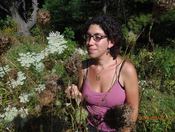 Jade Alicandro Mace is a community herbalist living in the rolling hills of western massachusetts. She has an herbal practice, runs a low-cost community herbal clinic, and teaches a class series and apprenticeship in bioregional herbalism. Learn more at www.milkandhoneyherbs.com, or follow her on facebook (Milk & Honey Herbs) and instagram (@milkandhoneyherbs) by Jenny Hauf The older I get the more I find myself at peace with winter. I don’t mean to suggest that I ever disliked winter; being from Wisconsin I am just as comfortable within the graphite atmosphere of February as I am within the leafy arms of July. But feeling at home does not contentment make. I’ve always tended toward the melancholy and that, along with the season’s somber palette and farm work’s cyclical nature, which plops me at my desk by the beginning of December and leaves me there until March, can lead to a true dreariness of the soul. In past years I found myself listless, a limp tangle of ennui, desire, and aimless energy. I longed for the kinetic green of April, the rushing thaws of March. All my discontentment bucked against the seamless monotony that my indoor life was steeped in. I began burying the hatchet with my winter self a few years ago by asking friends to take me outside. Bundled in wool and down, I trudged to trailheads and embarked into a landscape of brown, white, and green. A birder taught me how to find song sparrows and chickadees in the muted light, listening for them as we traipsed through Fowl Meadow, a tract of land that roams beautifully through marshland just outside of Boston. Measuring my step and cocking my ears, suddenly I found myself engaged in a new sensuality with the white world around me. The tiny wilderness of the place, brightened by the piping calls of winter birds flying through the phragmites, filled my mind with textures of an elegant complexity brave and new to my dulled heart. Another friend showed me how to learn the names of trees and plants by discovering their buds, the decaying leaves at their feet, and the forked frames of their branches. I began keeping records of the living things around me. Their titles were delicious in my mouth and on the page—hop-hornbeam, Quercus macrocarpa, Pinus strobus, hemlock and hazel—and so were their forms. The luminescence of river birch, shining in the swamps, never failed to make my heart skip a beat, nor did the magically soft, mossy trunks of white Atlantic cedar, the Tree of Life. I introduced myself to sugar maple by finding its decaying leaves with lobes lightly toothed like the new incisors of kittens, and white oak by the gently curved segments of its weather bleached leaves. As that winter wore on I urged my sleepy self to rouse to the realities discovered during those rambles. Finally brought out of the static warmth of my house and into the clean white air, I awakened like a frost flower. I remembered the presence of green beneath all of the protective bark that held tightly to the life within and saw that I was walking in a world filled with the slow breaths of hibernation, quiet and wise enough to know that a yearly rest was needed in order to burst forth with flamboyance in the spring, turning the conservative landscape, so cautious with its color, so discreet in its hope, into a cacophonous tapestry of hormones and music and leaves. My grandfather, an avid gardener who spent the growing season in constant devotion to the voraciously graceful lives within his beds and borders, once told me that he loved trees most in winter. He was enamored of what their nakedness revealed: voluptuous curving limbs sloping toward the sky; the inky tips of branches; deep patterns engraved upon brown bark. My grandfather loved watching these street trees—the statuesque ginkgoes and ash, the cherries and honey locusts raising their thin arms toward the sky—as he drove the old station wagon to church and the hardware store. Whenever I reflect on the winter landscape I return to my grandfather, who smelled of coffee and sawdust and, in winter, like the freshness of snow, and his love of what he found in these months bereft of the lush and light. It has taken me years to find a similar love of the spare streets and woods and to see the February landscape for what it is: a scene of sleep and survival, where the earth has shaken off its old skin like a snake and waits for the time when its soul is so sated that it can begin breaking into a new body. Antoine de Saint-Exupéry’s reminder that “what is essential is invisible to the eye” is easiest to understand in these dark months, but when we learn to read what is written in the bark of birch and to hear the songs of chickadees we find that jewels of truth are everywhere once we have learned how to find them.  After creating the medicinal herb program at Allandale Farm, Jenny is excited to be embarking on the second season of her own herb farm, Muddy River Herbals. She is thrilled to be offering high quality, sustainably grown herbs to the people of eastern Massachusetts. For more information please visit her website or contact Jenny directly at muddyriverherbals (at) gmail (dot) com for ordering inquiries and herb availability. Muddy River's herbal CSA is currently accepting new members so please visit the website for details. by Jenny Hauf I am sitting in my kitchen on a Sunday morning, having luxuriously slept in to the seventh hour. There are herbs neatly (well, relatively neatly) placed on shelves and in the brand new stillroom that we created from the worn out walk-in closet that used to house unused tennis rackets and jumbled canning materials. On the kitchen table are the remnants of wreath-making: sprigs of rosemary and thyme, dried gomphrena, statice, and strawflower stems, bits of wire and pliers. My last market of the year is in a few hours and I won’t be selling anything freshly harvested, only the fat of summer and fall’s harvests. There will be the green salve created with lush comfrey leaves of September mornings and the beautiful calendula of hot afternoons. Spilanthes tincture from when that magic eyeball plant was bounding over the edges of the bed, finding more soil to root in and land to spread eagle in. The wreaths are made of grapevines trimmed during my friend Coco’s prunings of fall, the flowers from her daughter Mal’s dewy harvests at the flower field at First Root Farm. This is the unthinkable: a morning spent at home before leaving at 10:15 to get to Harvard Square. Listening to the radio in my bathrobe. Barely thinking about the field, as the field’s asleep, covered in the comforts of straw and cardboard. The energy is all underground as winter slowly (too slowly) comes in. I’m going to a concert tonight, a pleasure rarely afforded during the months of tendriling, weeding, and harvesting. I’ll be seeing Joanna Newsom, who may sing a song of “the nullifying, defeating, negating, repeating. Joy of life,” and to which I raise a glass of nettle beer and holler, yes! To life, but also to farming! To all of it trapped in jars and bottles and bags for winter. To the nullifying, defeating, negating, repeating JOY of it. All the pain, all the hours spent doing one movement over and over. All the sun and all the sweat, the rain and the water, the gas station food, the butterflies. To the summer sounds of cars driving by, the leaves everywhere, the trees surrounding me in their shimmers of transition, their eventual undressing, their standing as sentries with such blessed bones and bark. To the moon lighting up a scene that made me guffaw when it was finally too late to work and I realized again that this place, ever so briefly, was mine to harvest and sow. To the crabgrass everywhere and the hands that helped me pull it, to the hands that helped me plant the white cloves of garlic, the huge bulbs of daffodils, the hands that shared picnics and sumac lemonade on long afternoons. To the stripping of chamomile flowers from stems on CSA mornings, to running around with an apron and a clipboard, to drinking coffee for the first time in months. To Paula Poundstone for making me laugh as I put the bags together, to Car Talk for cracking me up on the drive to Somerville, to Ira Glass for making me misty eyed in Jamaica Plain. To the bees singing around tulsi inflorescences while I weeded and harvested in heaven. To the way that the swamp milkweed burst from its buds and silently waved its beauty of pinks and whites on the 4th of July. To sleeping too little and driving too much. To singing really loud in the car and alone in the field. To never having clean knees and crabgrass seeds getting in my hair. To wrapping California poppies in butcher paper and taking one thousand pictures of honeybees. To podcasts. To wildcrafting plantain and goldenrod, to climbing ladders to get to elderflowers. To wearing big boots and short shorts. To not showering. To dressing up and scrubbing almost all the dirt off. To meeting beautiful people. To slinging fertilizer in a good straw hat. To growing and dying and growing back. To resting all winter. To all of the defeating, the repeating, the outrageous Joy of it. To all of it, I give thanks. To all of it, you’re forever in my heart and the dirt of my knees. I’ll drink you in winter; I’ll see you in spring.  After creating the medicinal herb program at Allandale Farm, Jenny is excited to be embarking on the second season of her own herb farm, Muddy River Herbals. She thrilled to be offering high quality, sustainably grown herbs to the people of eastern Massachusetts. For more information please visit her website or contact Jenny directly at muddyriverherbals(at)gmail(dot)com for ordering inquiries and herb availability. Muddy River's herbal CSA is currently accepting new members so please visit the website for details. by Jenny Hauf of Muddy River Herbals
The snow doesn’t give a soft white damn whom it touches. —E.E. Cummings Snow. If you live anywhere close to Boston it’s everywhere. It surrounds your car, hems you in as you walk the sidewalks, and is piled so high that you need to hurry through the street, dodging drivers and the soupy ridges of slush. |
Archives
November 2023
Categories
All
|
Join the Newsletter!
Receive news about future Herbstalk events
Thank you!
You have successfully joined our subscriber list.
Copyright © Herbstalk 2024
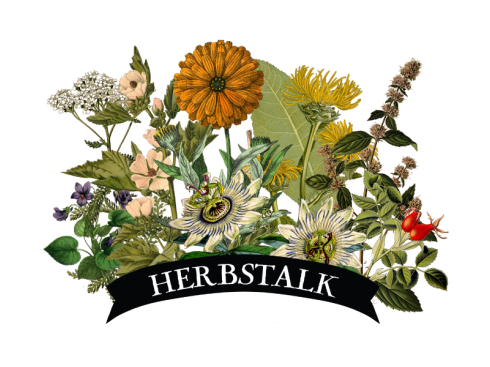
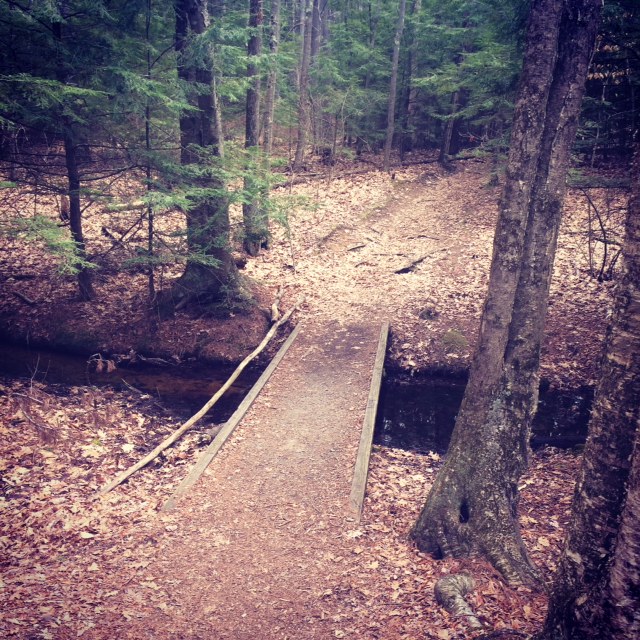

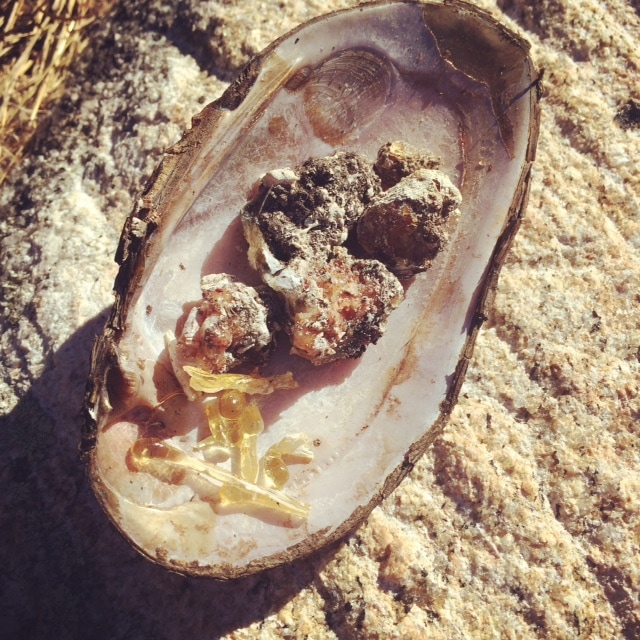
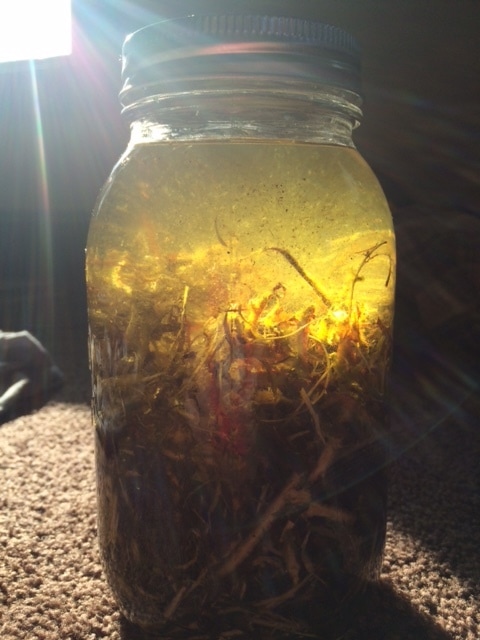
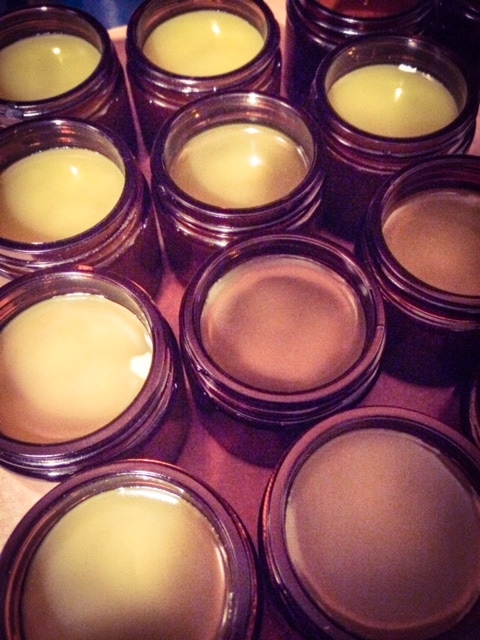
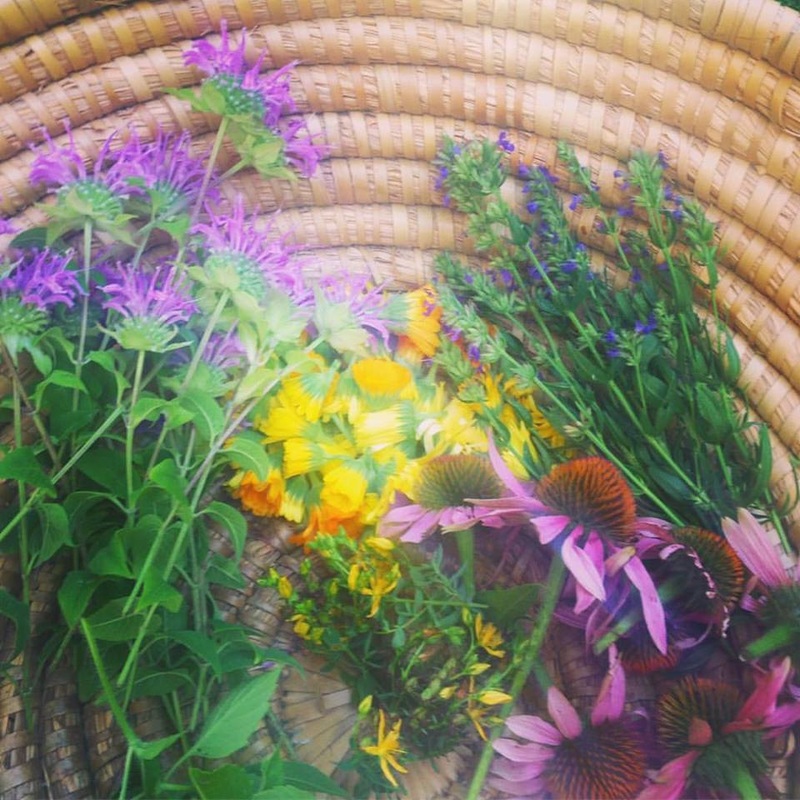
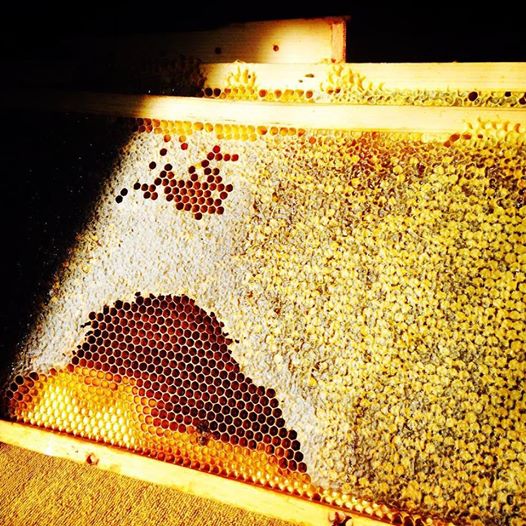
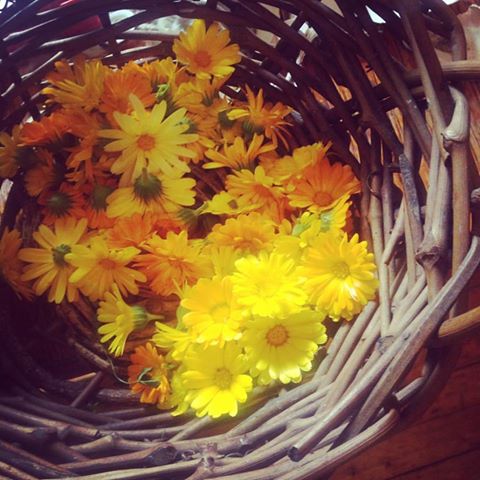
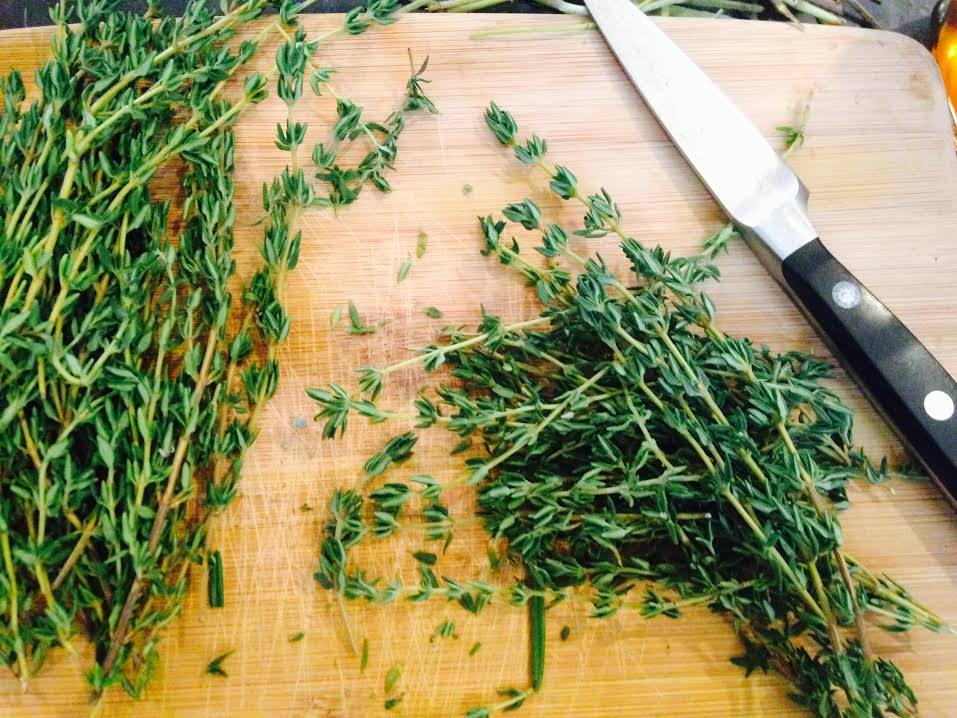
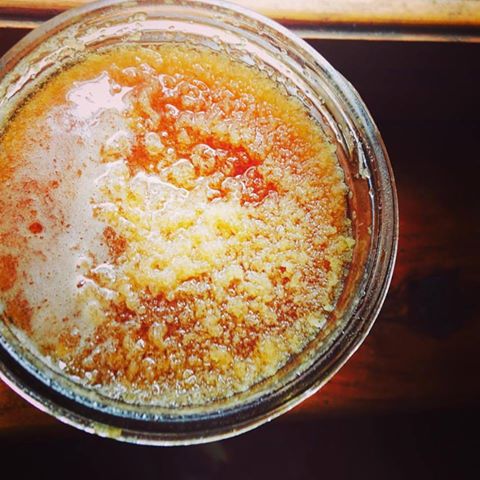
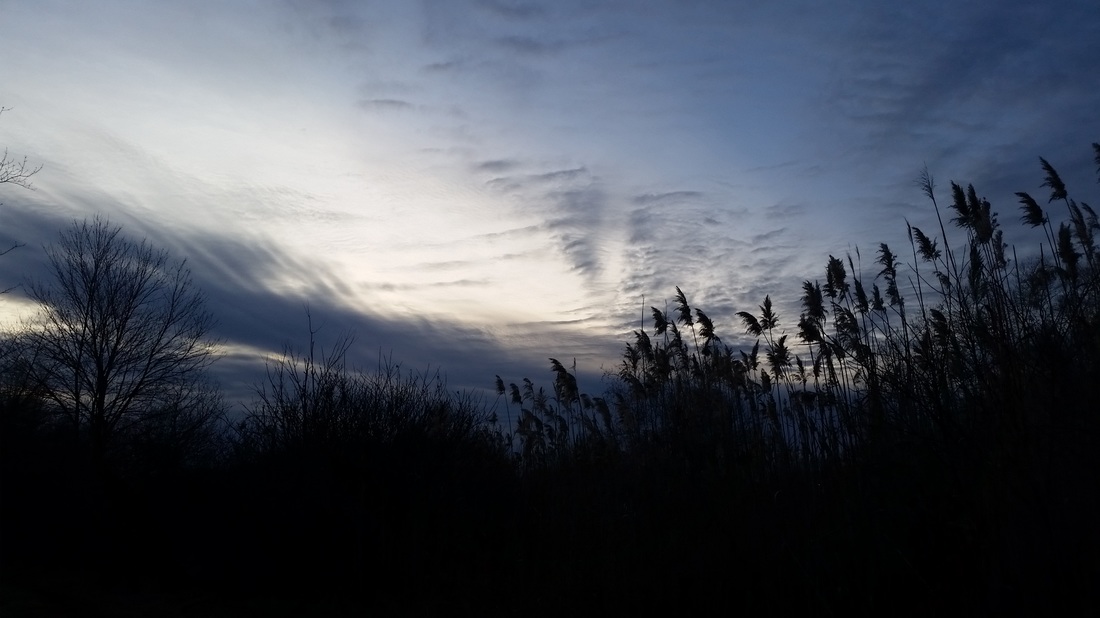
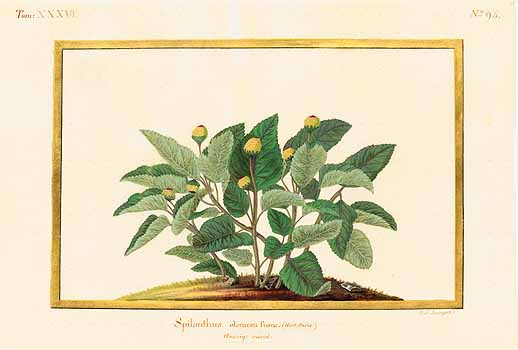
 RSS Feed
RSS Feed